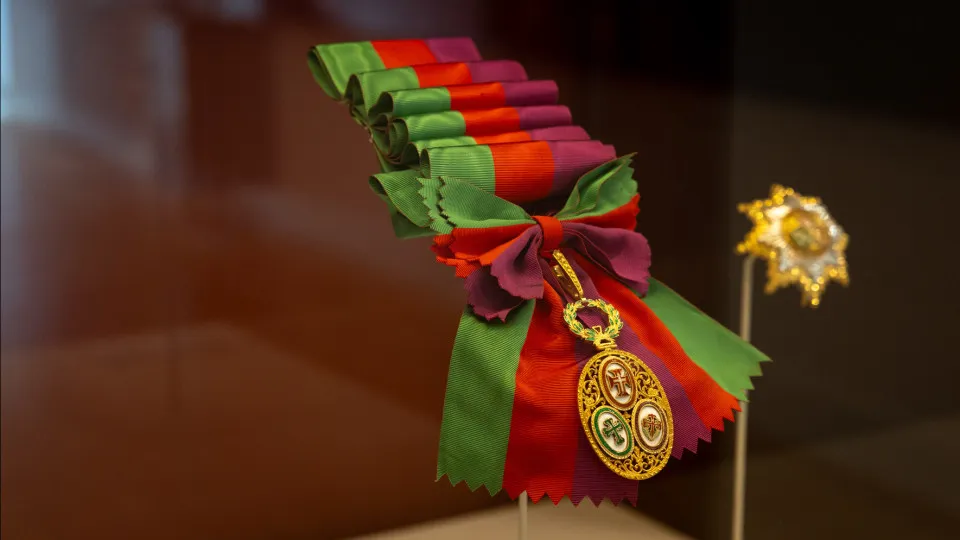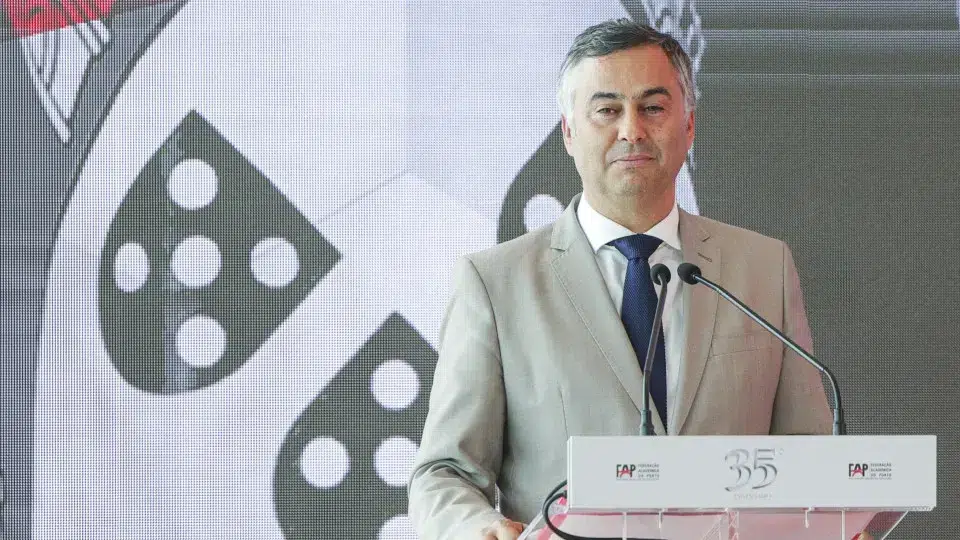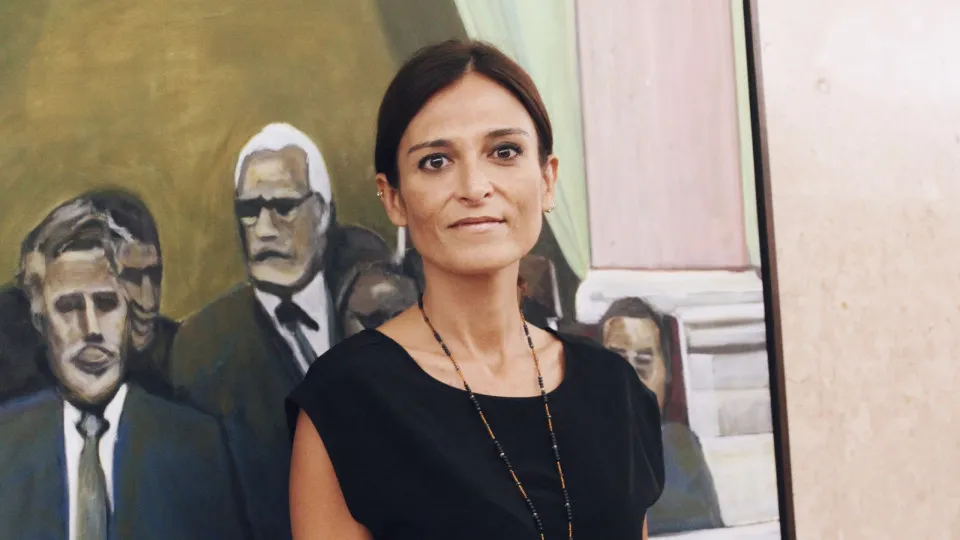
Titled ‘Dois Stereos’, the exhibition curated by João Ribas will be on display until January 11, 2026, announced the Galerias Municipais under the supervision of the Empresa de Gestão de Equipamentos e Animação Cultural (EGEAC – Lisboa Cultura).
The show features two works by the artist João Pimenta Gomes, connected by the concept of a “phantom” of sound, within an artistic practice that draws from musical references to explore the relationship between sound, space, and perception, “as well as the deep – sometimes hidden – histories inscribed in sound technologies,” the entity noted in a statement.
The ground floor of the gallery houses a replica of a sound device – the Western Electric 16A – an acoustic horn originally designed for monophonic sound reproduction in cinemas during the 1920s.
Inspired by the concept of ‘mock stereo,’ this object built by the artist “emits compositions of fixed duration but variable perception, using modular synthesis in a kind of dialogue between fleeting sound passages.”
“A central piece in the transition from silent to sound films, this object continues to release degraded traces of the human voice within an acoustic interval particularly sensitive to the human ear,” the description adds about the work.
On the top floor of the gallery, an acoustic sound sculpture “inhabits a territory between breath and synthesis,” inspired by the Cristal Baschet, an instrument made of glass and metal, developed by the Baschet brothers in the 1950s, which produces sound when moist fingers rub glass rods.
When rubbed, they transmit vibrations through metal rods to a complex system of resonators like aluminum cones, sheets of metal, and fiberglass diffusers.
A predecessor of this instrument, the Glass Harmonica, “was even associated with episodes of madness in those who played or listened to it,” the exhibition text recalls.
The artist repurposed the resonator cones of the Cristal Baschet as passive acoustic amplifiers, used previously recorded voice materials – processed and modulated – transmitted to these petal-shaped sculptures: “The resonant body of the Baschet thus becomes a vibrating filter through which sound is emitted and reincarnated.”
João Pimenta Gomes is a visual artist and musician from Lisbon, born in 1989, who explores the relationship between space, body, sound, and image through installations, performances, and other artistic interventions.
Trained in sound and music production, drawing, and photography, Pimenta Gomes’ artistic practice combines analog and digital by using, among other elements, modular synthesizers and videos to create immersive experiences where the audience is invited to interact with the creation process.




